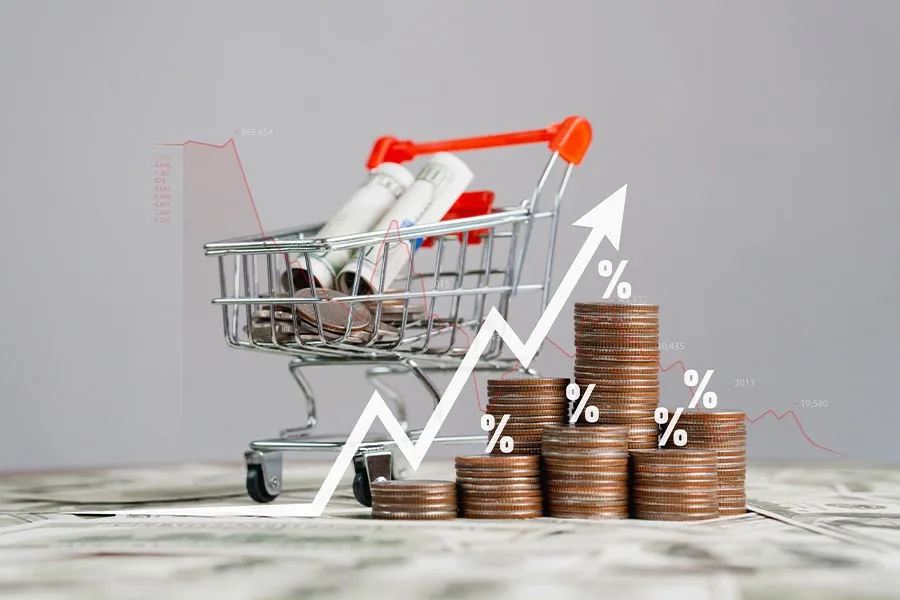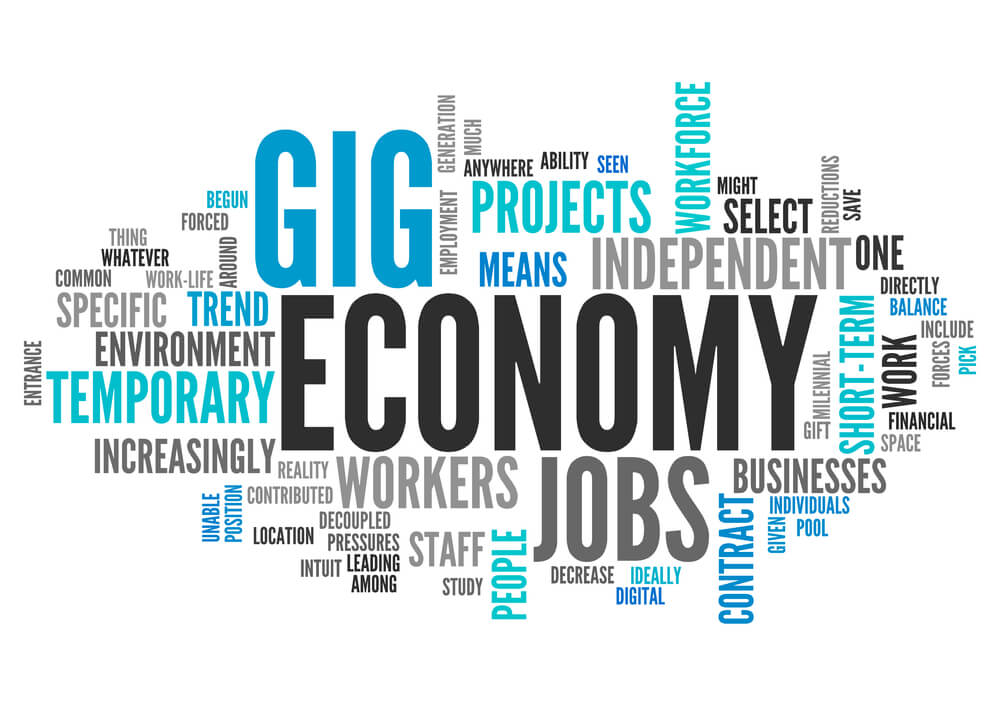Consumer behavior is a complex and ever-evolving field of study that is essential to understanding how markets operate, particularly at the local level. By examining how individuals make decisions about what to buy, when to buy, and why they choose specific products or services, businesses and policymakers can gain valuable insights that help in shaping local markets. These insights can guide everything from product development and marketing strategies to pricing decisions and store layouts, ultimately influencing the dynamics of local economies.
In this article, we will explore the role of consumer behavior in shaping local markets, examining key factors such as cultural influences, psychological factors, economic conditions, and technological advancements. We will also consider how businesses can leverage this knowledge to create more targeted and effective strategies that align with consumer preferences, thereby fostering local economic growth and resilience.
1. Understanding Consumer Behavior
Consumer behavior refers to the actions and decision-making processes that individuals undergo when purchasing goods or services. This behavior is influenced by a variety of factors, including personal preferences, societal norms, psychological influences, and external conditions such as economic circumstances. It is a dynamic process that involves the recognition of needs, the search for solutions, the evaluation of alternatives, and the post-purchase evaluation. This process is essential in determining demand in any given market.
In the context of local markets, consumer behavior takes on a unique significance. Local markets are often influenced by community-specific preferences, traditions, and purchasing patterns. These markets are not homogeneous; rather, they reflect the diverse needs and desires of the people who live within a particular geographic area. The way people behave as consumers in these markets has a direct impact on the success or failure of businesses operating in those markets.
2. Cultural Influences on Consumer Behavior
Culture plays a crucial role in shaping consumer behavior at the local level. Cultural norms, traditions, and values are some of the most important determinants of consumer choices. These cultural factors often dictate preferences for certain types of products, services, and even shopping habits.
For example, in regions where traditional festivals or local food items are deeply embedded in the culture, there may be a strong demand for products that cater to these cultural preferences. Local businesses can take advantage of this by offering products that align with the tastes and values of the community. This cultural alignment can also influence how businesses market their products. Advertisements that resonate with local customs, language, and symbols are more likely to connect with consumers on a deeper level, thereby driving engagement and sales.
A practical example of cultural influence can be seen in the food industry. A global fast-food chain, for instance, might tailor its menu to cater to local tastes in specific regions. In India, where vegetarianism is more prevalent, chains like McDonald’s have introduced more vegetarian options to cater to local dietary habits. Similarly, in Middle Eastern markets, fast-food chains may offer menu items that respect Islamic dietary laws, such as halal food.
3. Psychological Factors Affecting Consumer Behavior
Psychological factors, such as motivation, perception, learning, and beliefs, significantly affect consumer decisions in local markets. Consumers are motivated by a range of needs, from basic physiological needs to more complex social and emotional desires. These motivations can influence how they prioritize their purchases and how they value certain attributes of a product, such as quality, price, or brand reputation.
For instance, consumers in a local market may place a high value on products that signal status or prestige within their community. In contrast, in a more price-sensitive market, consumers may be motivated by cost-saving opportunities and may gravitate toward discounts, promotions, or products that offer the best value for money.
Perception is another critical psychological factor in shaping consumer behavior. How a consumer perceives a product — its quality, effectiveness, or desirability — can significantly influence their purchasing decision. Local businesses often have the advantage of being more familiar with consumer perceptions within their specific market. By understanding how customers perceive their offerings, businesses can fine-tune their product offerings, pricing strategies, and communication to better align with consumer expectations.




